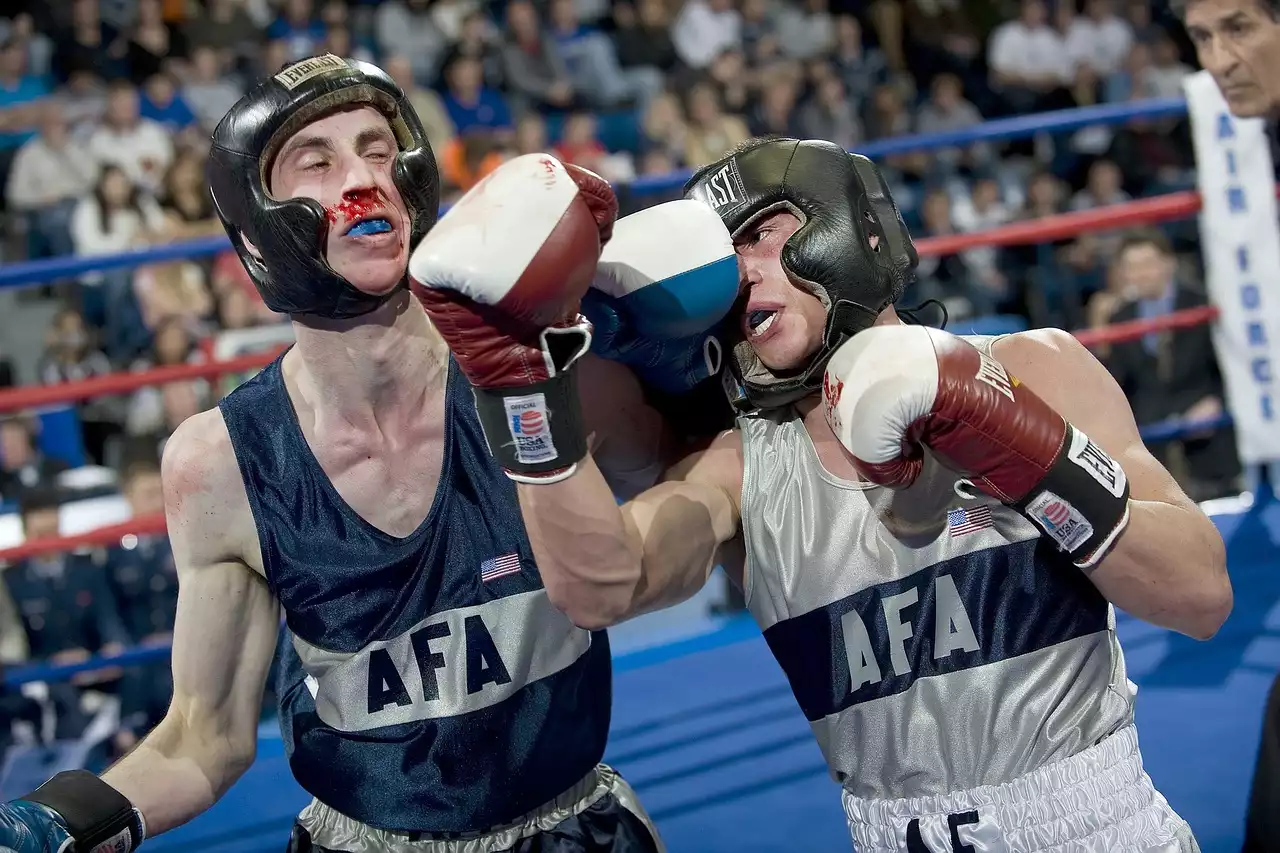What is boxing?
Boxing is a combat sport in which two fighters battle against one another using their fists. These fighters are typically separated into two weight classes and will compete in a match that is either won by knockout (KO), technical knockout (TKO), or a decision by the judges. A match can end in as little as one round or can go up to twelve rounds with a total time of thirty minutes.
Boxing is one of the oldest sports in the world and has been a part of the Olympic Games since 1904. It is a physically demanding sport that requires speed, agility, and power. To be successful in the ring, a boxer must be able to defend themselves against their opponent's punches and attacks.
Types of Defensive Strategies in Boxing
There are several different defensive strategies used in boxing. These include footwork and head movement, briefs, parries, and blocks. Each of these techniques can help a boxer protect themselves and gain an advantage over their opponent.
Footwork and Head Movement
Footwork and head movement are two of the most important defensive strategies in boxing. Footwork allows boxers to move around the ring, while head movement allows them to avoid punches. A boxer must constantly be on the move, utilizing quick, light steps to stay out of their opponent's reach. They must also be able to bob, weave, and slip punches to avoid getting hit.
Head movement is also essential for avoiding punches. Boxers must be able to dip, duck, and swivel their head to avoid being hit. This technique is especially important for avoiding body shots, as the body is often more exposed than the head.
Briefs
Briefs are another defensive strategy used in boxing. This technique involves the boxer throwing their punches while simultaneously blocking their opponent's punches with their arms and hands. The boxer will bring their arms and hands up to protect their head and body, while still throwing their punches. This technique can be used to both defend and attack, allowing the boxer to keep their opponent at bay while also landing their punches.
Parries
Parries are a defensive technique used to deflect an incoming punch. A boxer will use their arms and hands to deflect the punch while still keeping their hands up to protect their head. This technique requires good timing and quick reflexes, as the boxer must anticipate the punch and react accordingly.
Blocks
Blocks are a defensive technique used to absorb the force of an incoming punch. A boxer will use their arms and hands to absorb the punch and prevent it from connecting with their body. This technique requires good timing and coordination, as the boxer must time their block correctly to effectively proves.
The Best Technique for Different Fight Styles
There is no one-size-fits-all defensive strategy in boxing. Different fight styles require different defensive techniques. A fighter who relies heavily on power punches will require a different strategy than a fighter who specializes in speed and agility.
For example, a fighter who relies on power punches will need to use blocks and parries to absorb the force of the points. A fighter who specializes in speed and agility will need to rely more on footwork and head movement to avoid their opponent's punches.
Tips for Developing Good Defensive Strategies
Developing good defensive strategies in boxing takes time and practice. Here are a few tips for improving your defensive strategies:
- Focus on the fundamentals: Make sure you’re comfortable with the basics of footwork, head movement, and defensive techniques such as blocks and parries.
- Practice your timing: Timing is key when it comes to defensive strategies. Make sure you’re practicing your timing and reaction time so you can anticipate and react to your opponent’s punches.
- Work on your footwork: Footwork is essential for avoiding punches and setting up your attacks. Make sure you’re focusing on your footwork and improving it to be more agile in the ring.
- Visualize: Visualization is a great way to prepare for a fight. Visualize yourself using the different defensive strategies in a row and see how they can help you stay safe and win the match.
Training Techniques to Improve Defensive Skills
To be successful iTo a boxer must have good defensive skills. Here are some training techniques that can help a boxer improve their defensive skills:
- Shadowboxing: Shadowboxing is a great way to practice defensive techniques. It allows you to practice footwork, head movement, and defensive strategies without the pressure of a real fight.
- Focus Mitts: Focus mitts are a great way to practice punches and defensive techniques. Working with a partner on focus mitts allows you to practice timing, footwork, and defensive strategies in a safe environment.
- Heavy Bag Work: Working the heavy bag is another great way to practice defensive strategies. The heavy bag allows you to practice your footwork, head movement, and defensive strategies in a controlled environment.
- Sparring: Sparring is the best way to practice defensive strategies. It allows you to practice in a real fight situation and to learn how to react to different punches and attacks.










